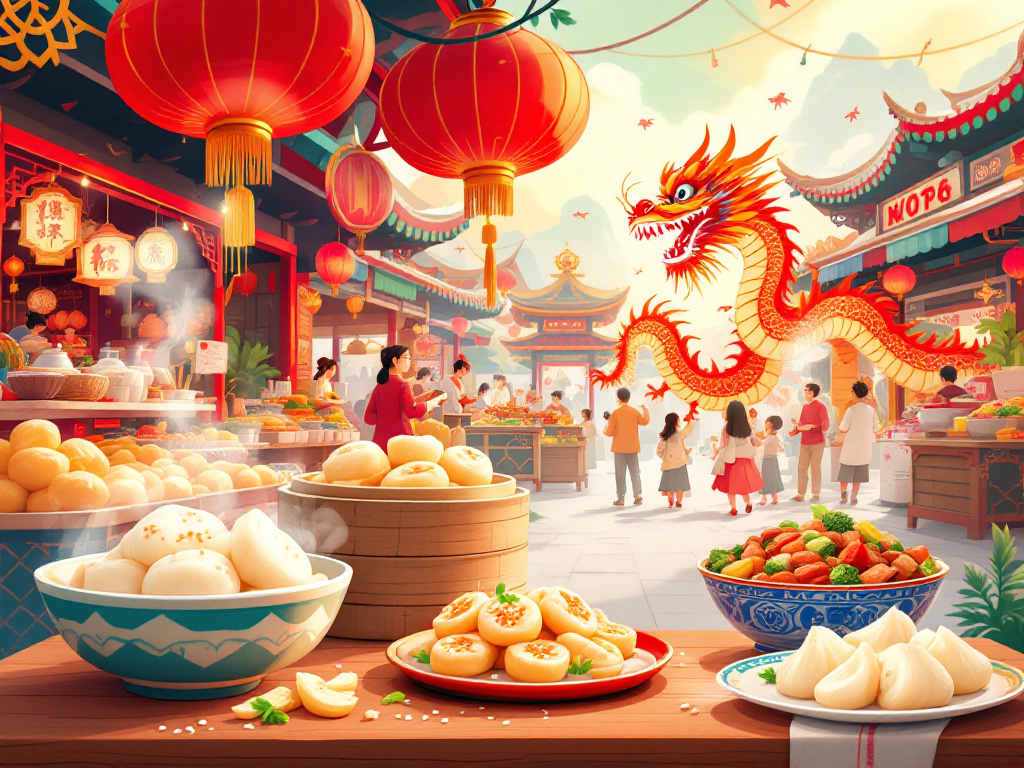The Chinese New Year, also known as the Lunar New Year, is one of the most important celebrations in Chinese culture. It marks the beginning of the lunar calendar and is a time for family reunions, honoring traditions, and, of course, enjoying delicious food. In this article, we’ll explore 10 must-try Chinese New Year recipes that are steeped in tradition and symbolism, while also diving into the customs celebrated in both China and the United States. Whether you’re looking to prepare an authentic feast or learn more about this vibrant holiday, this guide has everything you need.
What is the Chinese New Year?

The Chinese New Year, or Spring Festival, is a 15-day celebration that begins with the new moon and ends with the Lantern Festival. Each year is associated with one of the 12 animals of the Chinese zodiac, and the holiday is filled with customs meant to bring good fortune, health, and happiness.
Food plays a central role in the festivities, with each dish carrying symbolic meaning. From dumplings that represent wealth to sweet rice cakes symbolizing success, the recipes prepared during this time are as meaningful as they are delicious.
Chinese New Year Traditions in China and the US
Traditions in China
In China, the Chinese New Year is a time for family reunions and honoring ancestors. Some of the most common traditions include:
- Reunion Dinner: Families gather on New Year’s Eve for a lavish meal featuring symbolic dishes.
- Red Envelopes (Hongbao): Elders give red envelopes filled with money to children as a symbol of good luck.
- Decorations: Homes are adorned with red lanterns, couplets, and paper cuttings to ward off bad luck.
- Fireworks: Firecrackers and fireworks are set off to scare away evil spirits.
Traditions in the US
In the United States, Chinese New Year is celebrated by Chinese-American communities with a mix of traditional and modern customs.
- Parades: Cities like San Francisco and New York host vibrant parades featuring lion dances, dragon dances, and cultural performances.
- Community Dinners: Families and friends gather to enjoy traditional Chinese New Year recipes.
- Cultural Events: Schools, museums, and community centers host events to educate others about the holiday.
10 Must-Try Chinese New Year Recipes
Food is at the heart of the Chinese New Year, and each dish is chosen for its symbolic meaning. Here are 10 must-try Chinese New Year recipes that will bring flavor and tradition to your celebration.
1. Dumplings (Jiaozi)
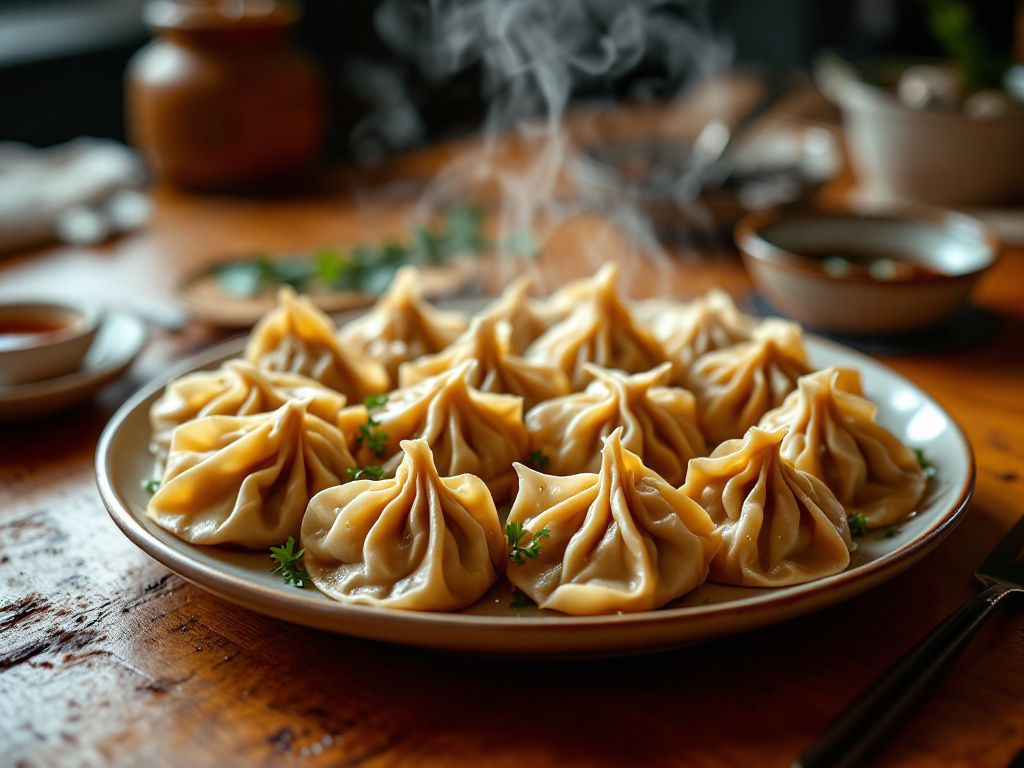
Dumplings are a staple of Chinese New Year feasts and symbolize wealth and prosperity. Their shape resembles ancient Chinese gold ingots, making them a popular dish for attracting good fortune.
- Ingredients: ground pork, cabbage, ginger, garlic, soy sauce, and dumpling wrappers.
- Cooking Tip: Seal the dumplings tightly to ensure they don’t break while cooking. You can steam, boil, or pan-fry them for different textures.
2. Longevity Noodles
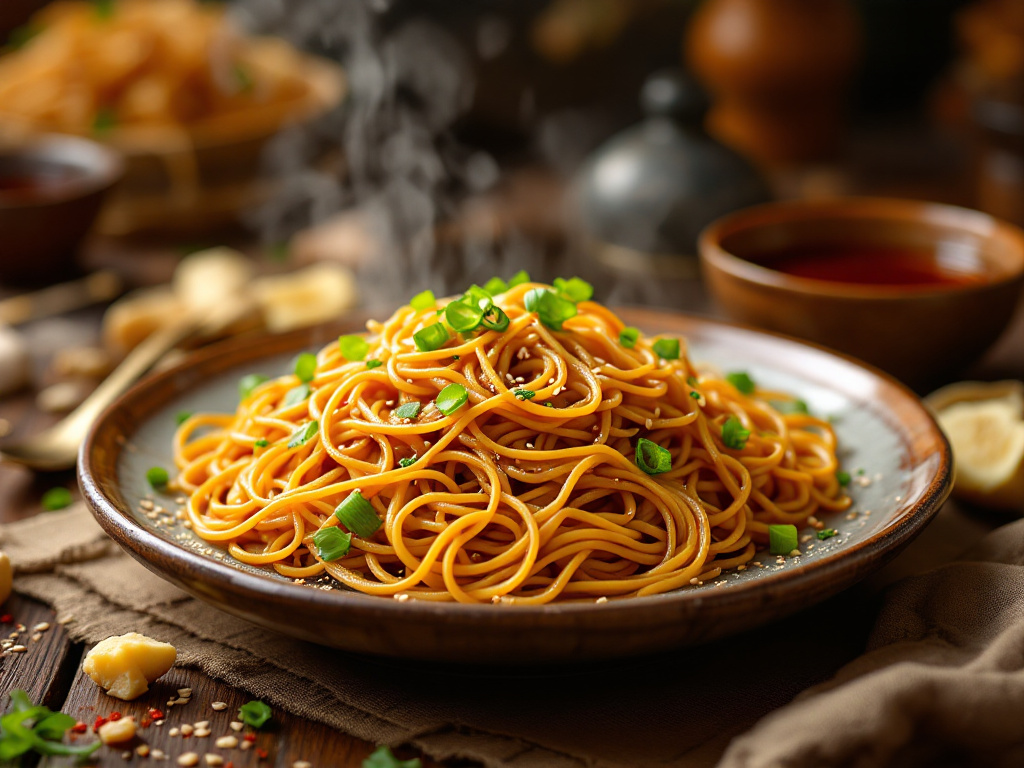
Longevity noodles, or “cháng shòu miàn,” symbolize a long and healthy life. These noodles are served uncut to represent the idea of longevity.
- Ingredients: wheat noodles, soy sauce, sesame oil, and vegetables like bok choy or mushrooms.
- Cooking Tip: Avoid breaking the noodles while cooking to preserve their symbolic meaning.
3. Whole Steamed Fish

A whole fish is a must-have dish for Chinese New Year, as the word for fish (“yú”) sounds like “abundance” in Chinese. Serving the fish whole represents unity and prosperity.
- Ingredients: fresh fish (such as sea bass), ginger, scallions, soy sauce, and sesame oil.
- Cooking Tip: Steam the fish with aromatics for a delicate and flavorful dish.
4. Spring Rolls
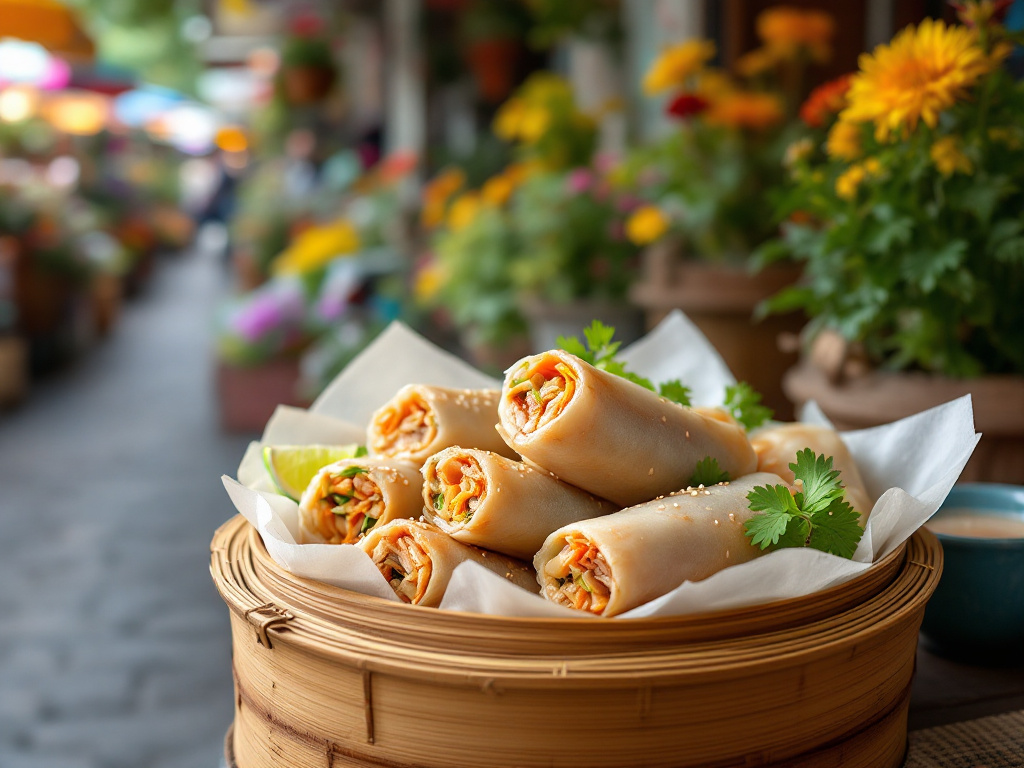
Spring rolls are golden and crispy, symbolizing wealth and prosperity. Their shape resembles gold bars, making them a popular snack during the holiday.
- Ingredients: shredded vegetables, ground pork or shrimp, and spring roll wrappers.
- Cooking Tip: Fry the rolls until golden brown for the perfect crunch.
5. Sweet Rice Balls (Tangyuan)
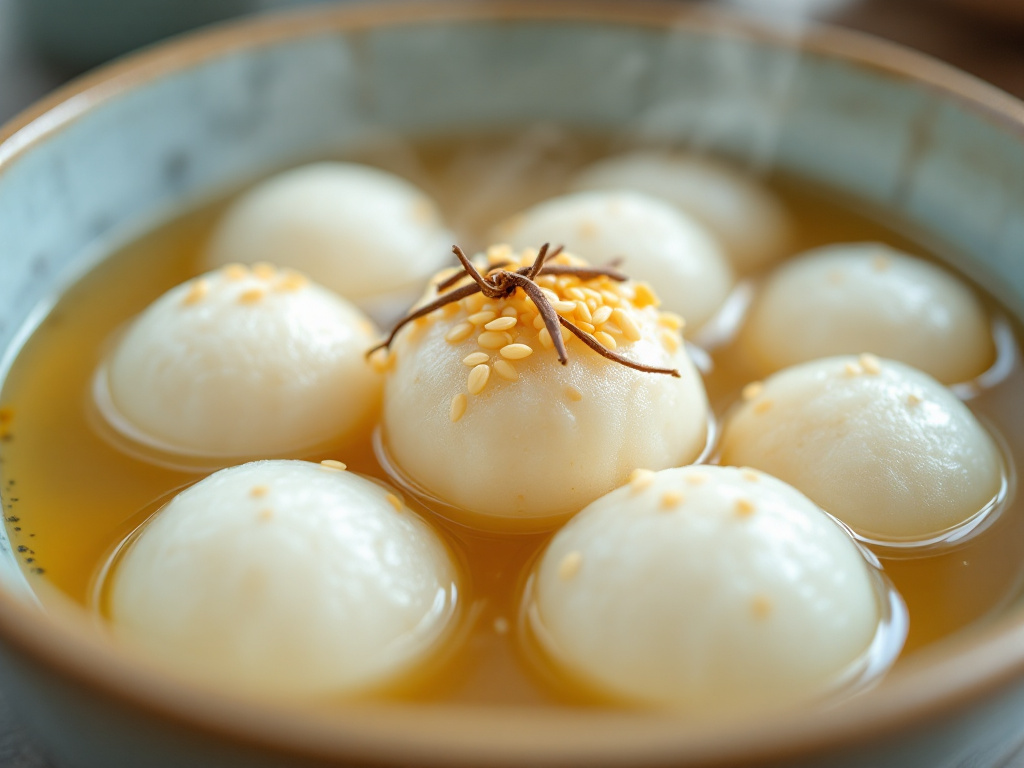
Tangyuan are sweet, glutinous rice balls often served in a warm soup. They symbolize family unity and togetherness, making them a popular dessert during the Lantern Festival.
- Ingredients: glutinous rice flour, sesame paste, and sugar.
- Cooking Tip: Roll the rice balls evenly to ensure they cook uniformly.
6. Sticky Rice Cake (Nian Gao)
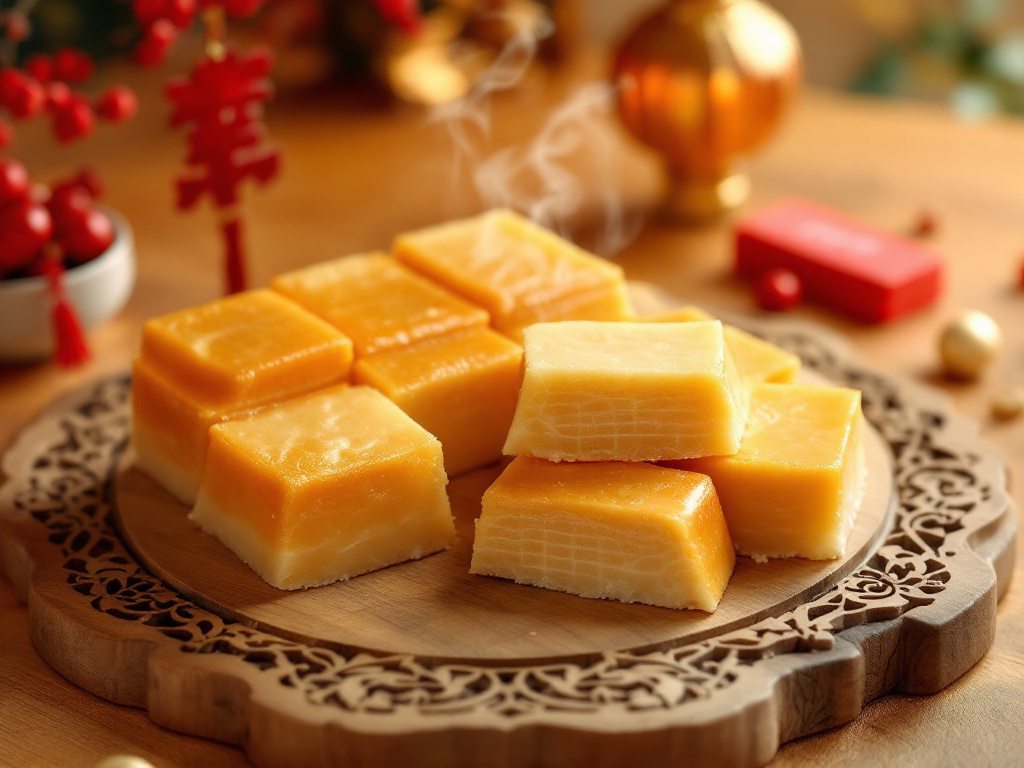
Nian Gao, or “year cake,” is a sweet rice cake that symbolizes success and higher achievements in the coming year. Its name sounds like “higher year” in Chinese.
- Ingredients: glutinous rice flour, brown sugar, and water.
- Cooking Tip: Steam the cake and let it cool before slicing for the best texture.
7. Lion’s Head Meatballs
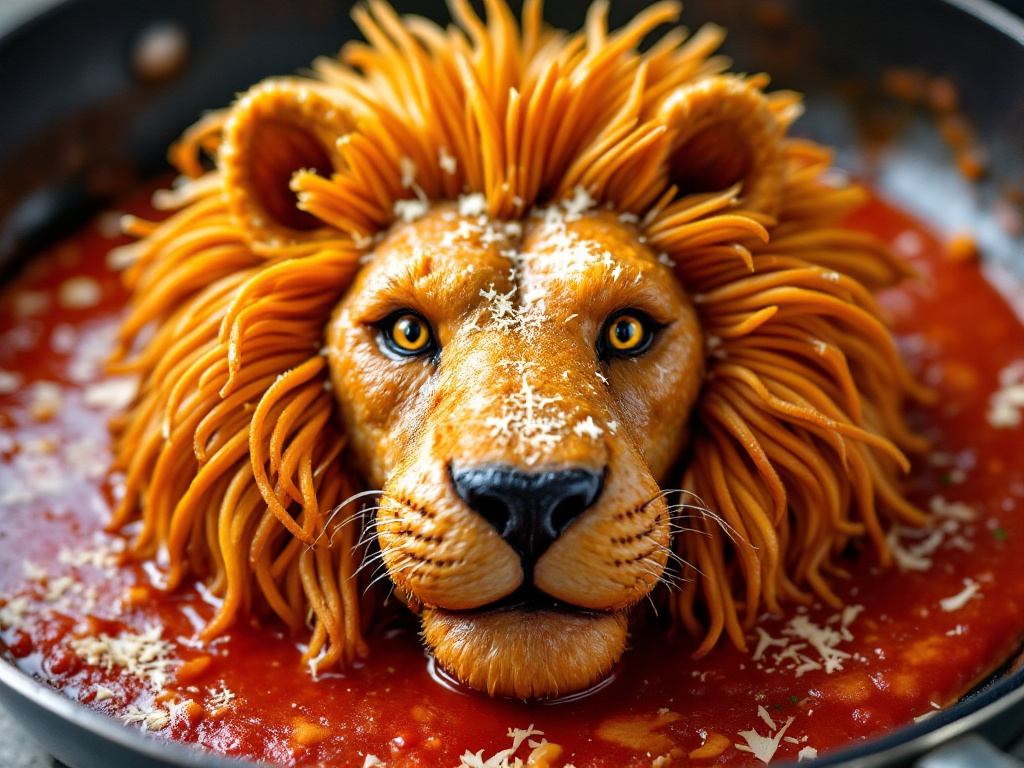
These oversized pork meatballs are named for their resemblance to a lion’s head, symbolizing strength and unity. They are often served in a rich broth with vegetables.
- Ingredients: ground pork, water chestnuts, ginger, and soy sauce.
- Cooking Tip: Simmer the meatballs gently to keep them tender and juicy.
8. Eight-Treasure Rice Pudding
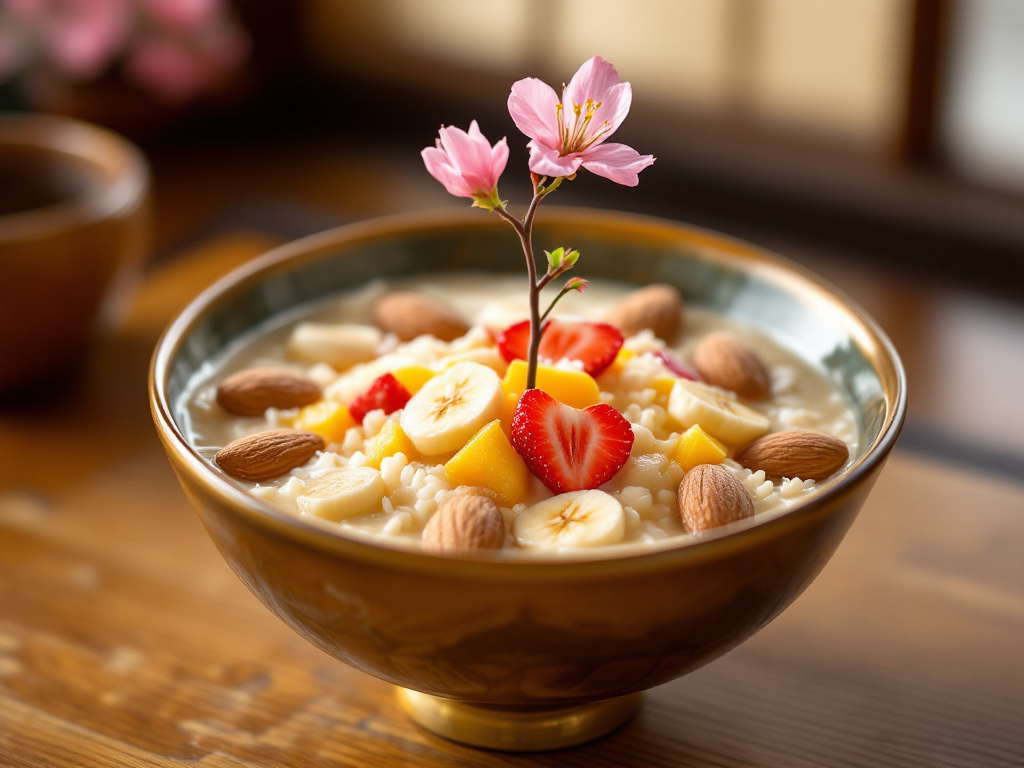
This dessert is made with glutinous rice and topped with eight different “treasures,” such as nuts, seeds, and dried fruits. The number eight is considered lucky in Chinese culture.
- Ingredients: glutinous rice, red bean paste, and assorted dried fruits.
- Cooking Tip: Arrange the toppings in a decorative pattern for a festive presentation.
9. Chinese New Year Hot Pot
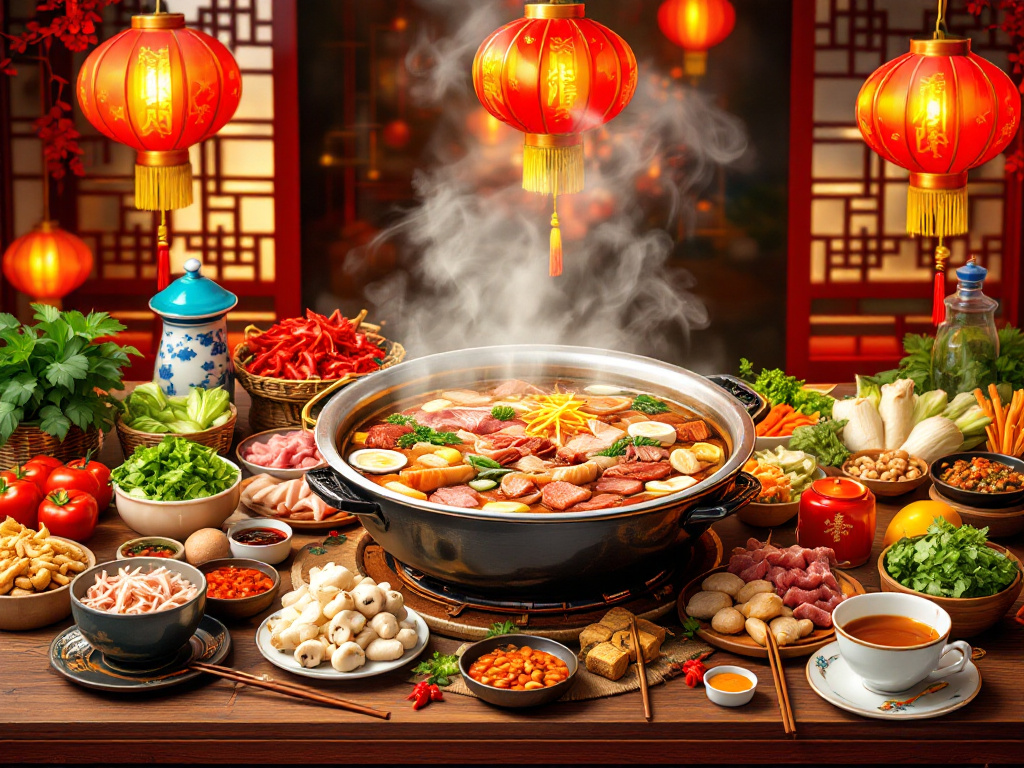
Hot pot is a communal dish that brings family and friends together. It symbolizes unity and harmony, as everyone cooks and eats from the same pot.
- Ingredients: thinly sliced meats, seafood, vegetables, and a flavorful broth.
- Cooking Tip: Prepare a variety of dipping sauces to enhance the flavors.
10. Mandarins and Oranges
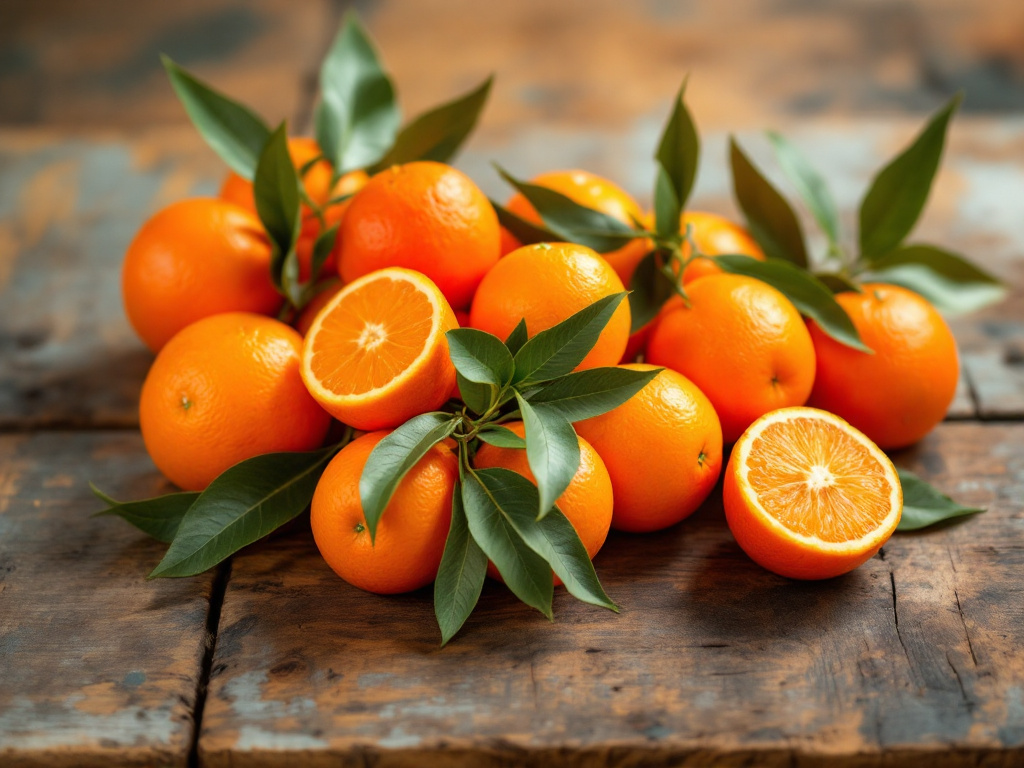
Mandarins and oranges are simple yet meaningful additions to the Chinese New Year table. Their round shape and golden color symbolize wealth and good fortune.
- Serving Tip: Display them in a decorative bowl as part of your table setting.
How to Celebrate Chinese New Year at Home
If you’re celebrating Chinese New Year at home, here are some tips to create an authentic experience:
- Decorate Your Space: Use red and gold decorations, such as lanterns and couplets, to bring good luck.
- Prepare a Feast: Try the Chinese New Year recipes listed above to create a traditional meal.
- Host a Dumpling-Making Party: Gather friends and family to make dumplings together.
- Learn About the Zodiac: Share the story of the Chinese zodiac and find out which animal represents the current year.
Conclusion
The Chinese New Year is a time to honor traditions, enjoy delicious food, and spend time with loved ones. By trying these 10 must-try Chinese New Year recipes, you can bring the flavors and symbolism of this vibrant holiday into your home. Whether you’re preparing dumplings for wealth or enjoying sweet rice balls for family unity, each dish carries a special meaning that adds to the celebration.
So, which recipe will you try first? Let us know in the comments, and don’t forget to share your photos of your Chinese New Year feast!
FAQs: Chinese New Year Recipes and Traditions
1. What are the most popular Chinese New Year recipes?
Some of the most popular Chinese New Year recipes include dumplings (Jiaozi), longevity noodles, whole steamed fish, spring rolls, and sticky rice cake (Nian Gao). These dishes are not only delicious but also carry symbolic meanings, such as wealth, longevity, and prosperity.
2. Why are dumplings important for Chinese New Year?
Dumplings are important because their shape resembles ancient Chinese gold ingots, symbolizing wealth and prosperity. Eating dumplings during the Chinese New Year is believed to bring good fortune in the coming year.
3. What is the significance of a whole fish during Chinese New Year?
A whole fish symbolizes abundance and prosperity. In Chinese, the word for fish (“yú”) sounds like “surplus” or “extra,” making it a must-have dish to ensure a year of plenty.
4. Can I celebrate Chinese New Year if I’m not Chinese?
Absolutely! Chinese New Year is a wonderful opportunity to learn about Chinese culture and traditions. You can celebrate by preparing traditional Chinese New Year recipes, decorating your home with red and gold, and learning about the customs and stories behind the holiday.
5. What are some easy Chinese New Year recipes for beginners?
If you’re new to Chinese cooking, start with simple recipes like:
- Dumplings (using store-bought wrappers).
- Longevity noodles with stir-fried vegetables.
- Spring rolls with pre-made wrappers.
- Sweet rice balls (Tangyuan) with sesame filling.
These recipes are beginner-friendly and still capture the essence of the holiday.
6. What foods should be avoided during Chinese New Year?
During Chinese New Year, it’s best to avoid foods that are associated with bad luck, such as:
- Bitter or sour foods, as they symbolize hardship.
- Breaking or cutting foods (like noodles), as it can symbolize cutting off good fortune or longevity.
7. How do Chinese New Year recipes differ in the US compared to China?
In the US, Chinese New Year recipes are often adapted to include locally available ingredients or to suit Western tastes. For example, some families may use pre-made dumpling wrappers or incorporate fusion dishes like Chinese-American stir-fries. However, the symbolic meaning of the dishes remains the same.
8. What desserts are traditionally served during Chinese New Year?
Traditional Chinese New Year desserts include:
- Sweet rice balls (Tangyuan), symbolizing family unity.
- Sticky rice cake (Nian Gao), representing success and higher achievements.
- Eight-treasure rice pudding, which symbolizes good fortune and harmony.
These desserts are sweet and meaningful, perfect for celebrating the holiday.
9. How can I make my Chinese New Year celebration authentic?
To make your celebration authentic:
- Prepare traditional Chinese New Year recipes.
- Decorate your home with red lanterns, couplets, and paper cuttings.
- Host a family reunion dinner.
- Learn about the Chinese zodiac and share its stories with your guests.
10. What is the best way to learn Chinese New Year recipes?
The best way to learn Chinese New Year recipes is by:
- Watching cooking tutorials online.
- Following step-by-step recipes from trusted food blogs or cookbooks.
- Attending cooking classes focused on Chinese cuisine.
- Asking friends or family members who celebrate the holiday for tips and guidance.
